Some of you have asked us on Instagram why we put a paper filter on the bottom of the portafilter. I'll tell you how paper filters affect the flavor of espresso in this article. Hopefully, you gain insights to optimize your brewing process and achieve exceptional results in your quest for the perfect cup of coffee.
The Role of Paper Filters
You might have seen the puck screen on top of the puck that helps dispense the water more evenly across the puck and protects against potential damage. The role of the bottom paper filter is quite different. The bottom paper filter helps produce higher average extraction yields by allowing water to flow through more paths across the coffee puck instead of the fines clogging holes in the basket. It may seem counterintuitive, but a paper at the bottom does help water flow better above it to reduce channeling and astringency.
Hydraulic Resistance: A Key Factor
To understand how this works, we need to take a look at hydraulic resistance. Hydraulic resistance refers to the resistance encountered by water as it passes through the filter and coffee puck. The level of resistance directly affects the flow rate, contact time, and ultimately, the extraction quality.
The bottom paper filter exhibits higher average extraction yields due to its ability to enhance water flow across the coffee puck through multiple paths. This dynamic leads to a reduction in under-extracted regions and a significant decrease in hydraulic resistance. As a result, one can grind their coffee slightly finer, unlocking a larger surface area of coffee particles for accelerated solubles extraction.
The Impact of Paper Filters on Espresso Extraction
Espresso Consistency
When using espresso paper filters, there is a slight improvement in shot-to-shot variation, with a 4 ± 1% range observed with the filter compared to 5 ± 1% without it.
Increased Hydraulic Conductivity
Through careful examination of studies on the influence of paper filters beneath the coffee puck, a clear pattern emerges. The presence of a paper filter significantly increased hydraulic conductivity, resulting in enhanced water flow and a notable acceleration of the shot process.
Less Peripheral Bias
Based on an experiment conducted by Stéphane Ribes on the Decent Diaspora forum, the solubles remaining on the edges extract faster than the center without a paper filter. The results of the experiment clearly showed that with a paper filter beneath the puck, the outer edges experience less under-extraction than without.
Optimizing Your Espresso Brewing with Paper Filters
Grind Size: Since paper filters reduce hydraulic resistance, you may need to adjust the grind size. Adjusting the grind size finer will help you achieve more extraction. Finer grinds increase hydraulic resistance, prolonging contact time and intensifying extraction.
Conclusion
By gaining an understanding of the impact of paper filters on hydraulic resistance in espresso brewing, you can now get the most out of your espresso. These filters reduce hydraulic resistance, leading to uniform extraction, more consistency, and flavor profiles that transcend your ordinary brews!
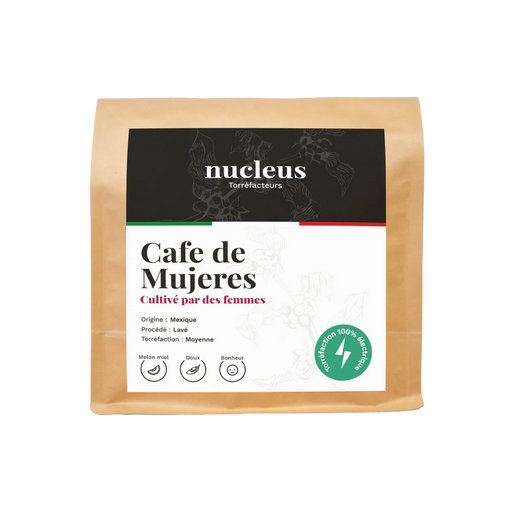

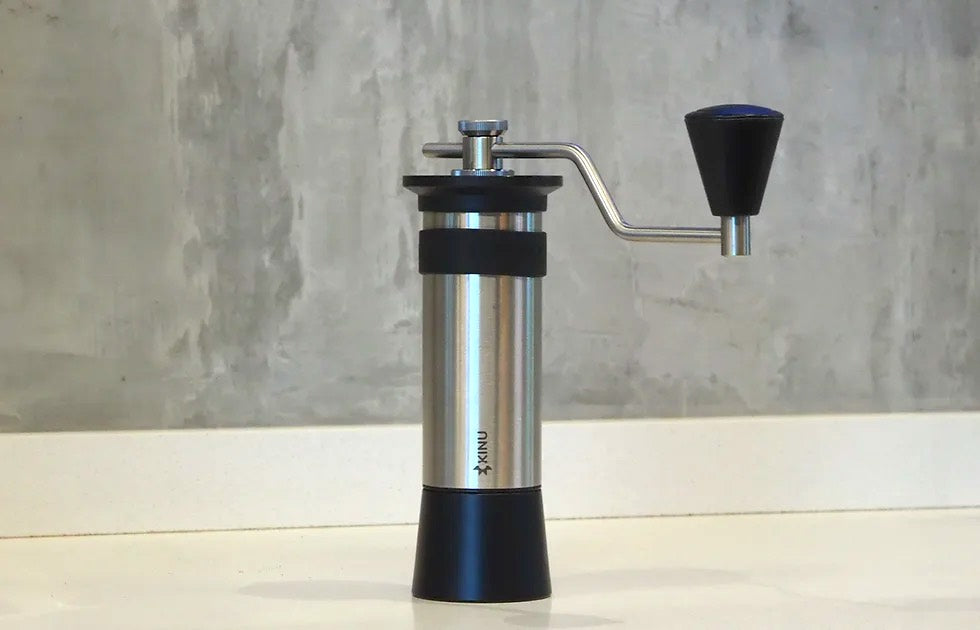



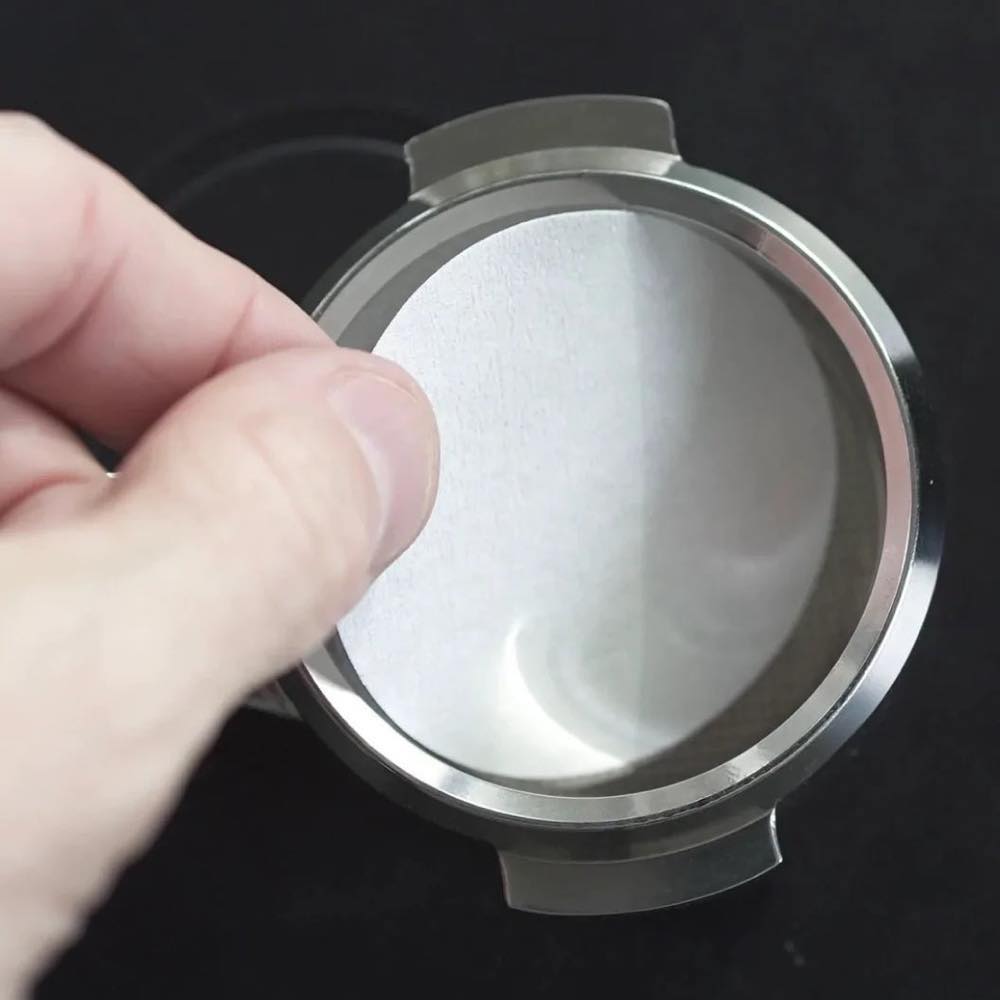
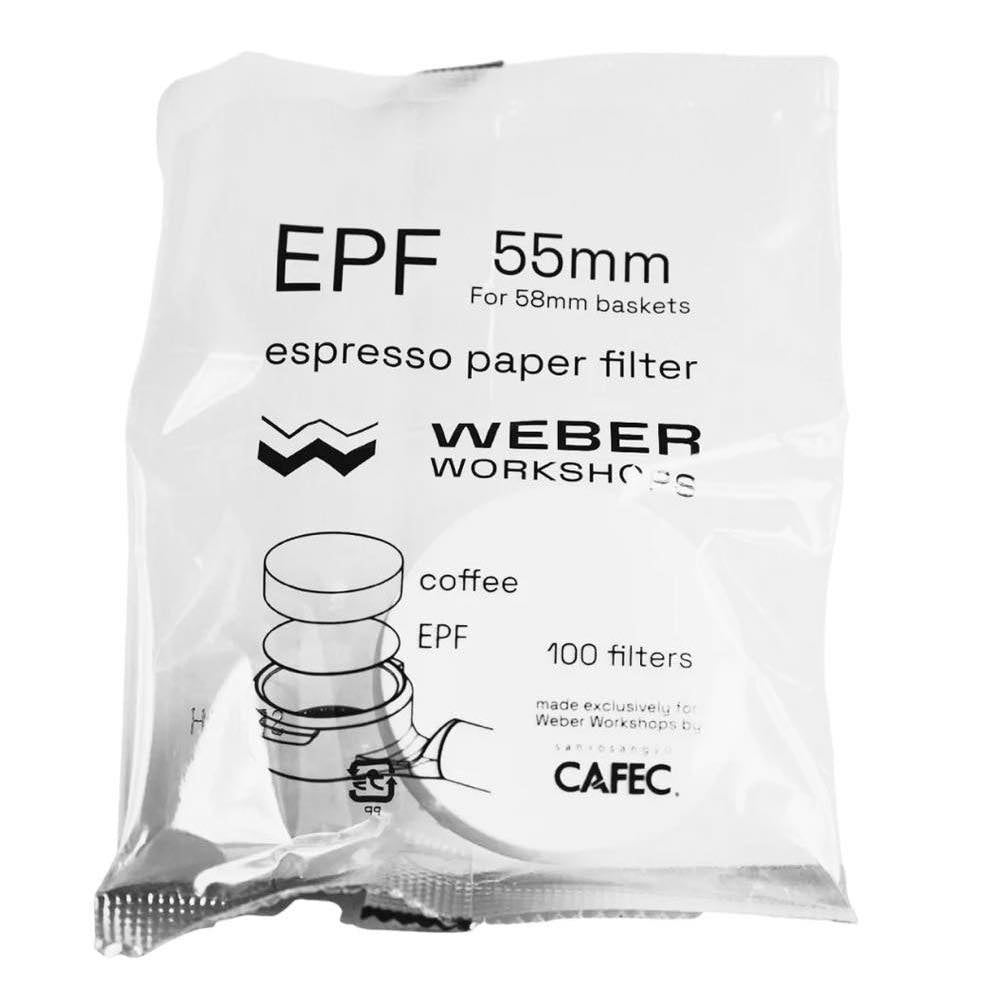



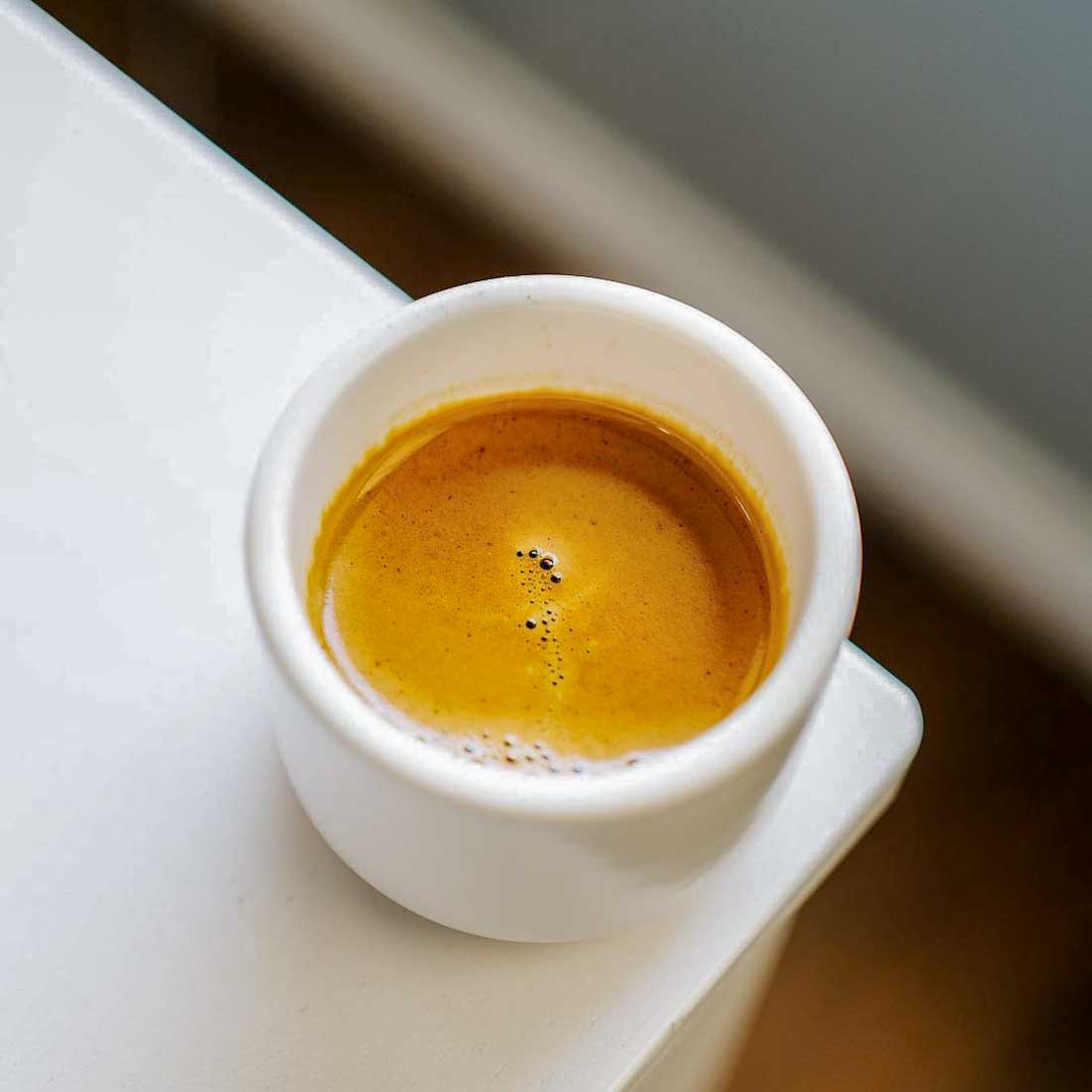
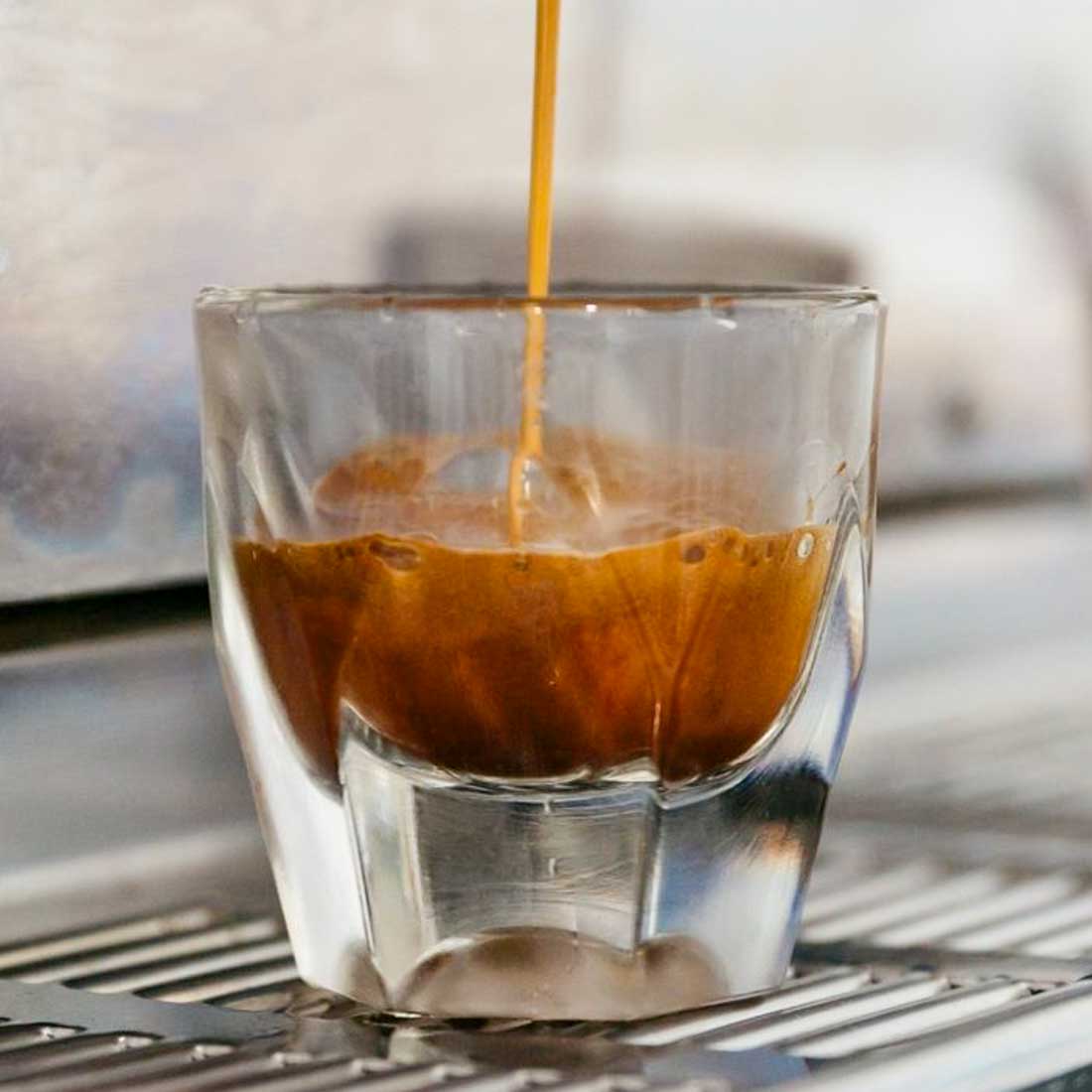
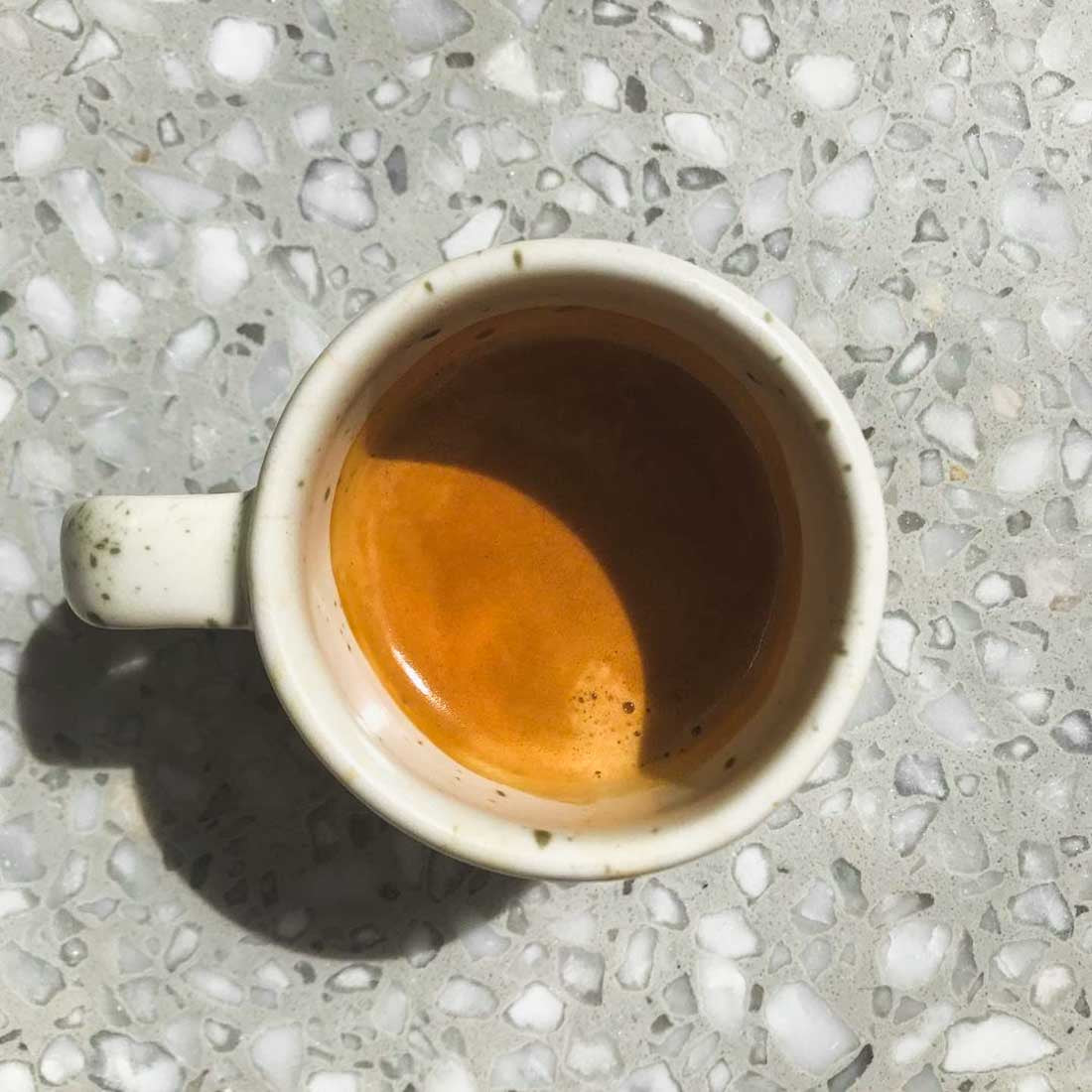
Comments
There are no comments.
Your comment